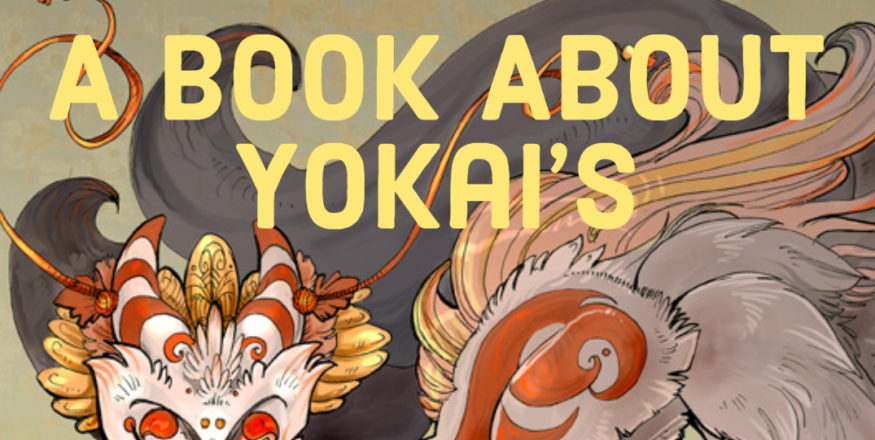 x
x
"鬼の寒念仏"341Please respect copyright.PENANAWxboHvpVP0
"おにのかんねぶつ"
Translation: oni’s (demon’s) winter training341Please respect copyright.PENANAC5cXrfA757
Alternate names: oni no nenbutsu (oni’s prayers)
Appearance: Oni no kannebutsu is one of the themes of Ōtsu-e, a popular genre of painting from Ōtsu, Shiga Prefecture. It depicts an oni wearing monk’s clothing and performing winter training.
Behavior: Kannebutsu is a part of Buddhist religious training. It involves getting up before dawn on winter mornings and patrolling the streets loudly reciting prayers (nenbutsu). Oftentimes devotees bang a gong while repeating the name of Buddha, and visit house to house to collect alms. It is performed by ascetics and laypeople alike.
Origin: Ōtsu was a major station on both the Tōkaidō and Nakasendō roads connecting Edo with the rest of the country. It is also home to a number of important religious sites, including Enryaku-ji, Mii-dera, and Hiyoshi Taisha. A great number of travelers passed through the city, and it was an important destination for religious pilgrims. Ōtsu-e (“paintings from Ōtsu”) were produced by Ōtsu’s residents and sold as souvenirs and as protective charms to pilgrims and travelers visiting the city. These paintings became immensely popular during the Edo Period. They depicted a number of common themes, usually with a moral or satirical meaning. Oni no kannebutsu is one of the most well known and popular Ōtsu-e themes. Traditionally, oni no kannebutsu pictures were sold as a remedy for colicky children who cry all night long.
The oni is depicted wearing monk’s robes and looks ready to perform winter training. He carries a gong, a wooden mallet, and a donation registry. The only thing he is missing is a clean soul. It is said that an oni’s residence is the human heart. Their horns are the manifestation of the three poisons of Buddhism which are the root of all evil: delusion, attachment, and hatred. The more we express our ego, use things for our benefit, see things through our own eyes, and act in our own self interest, the more our horns grow. The oni in monk’s garb is similar in meaning to a wolf in sheep’s clothing. The painting is a satire of monks and priests who dress and act pious, but who actually behave in a manner more fitting an oni than a buddha. This kind of comical depiction of religious hypocrisy is a theme frequently found in yōkai art.
There is a hidden message in oni no kannebutsu. One of the oni’s horns is broken. In other words, this oni may be trying to break out of its self-delusion. The broken horn shows that it has succeeded to some degree, serving as a role model and a reminder for viewers to do the same. So on one level, the image is a caricature of religious hypocrisy, but on another level, it can be seen as a reminder of the path to salvation.
ns 15.158.61.21da2






















